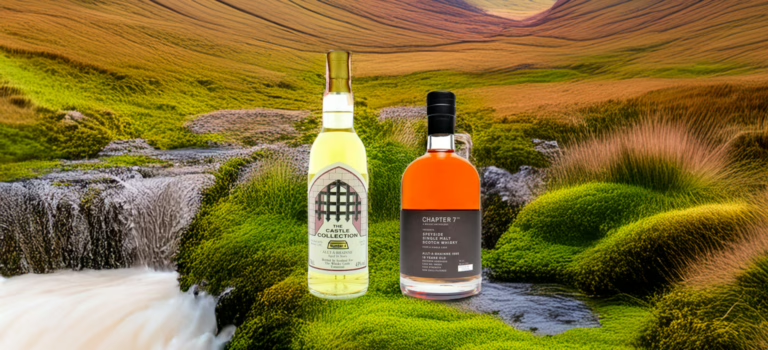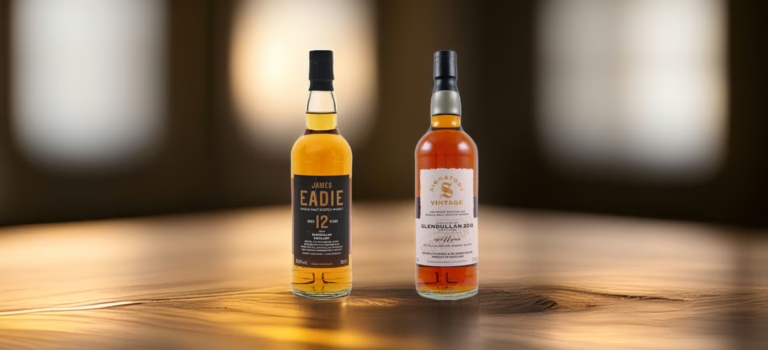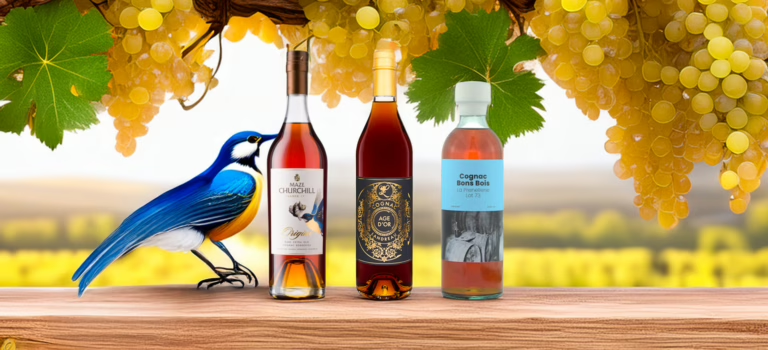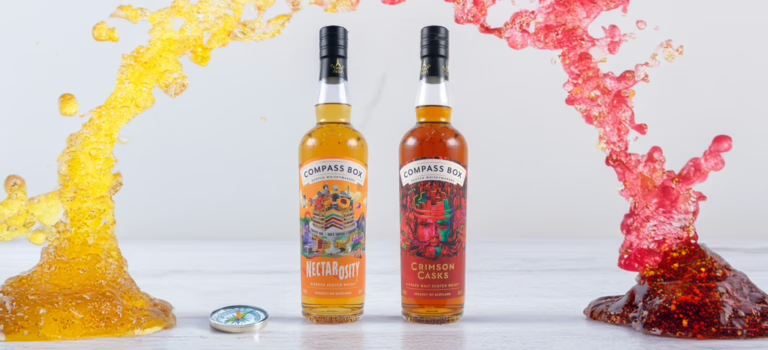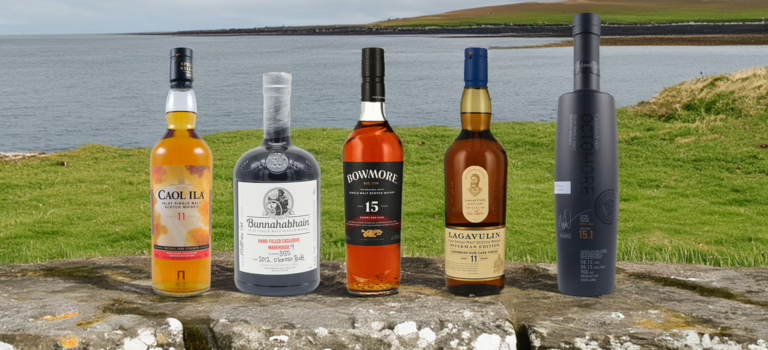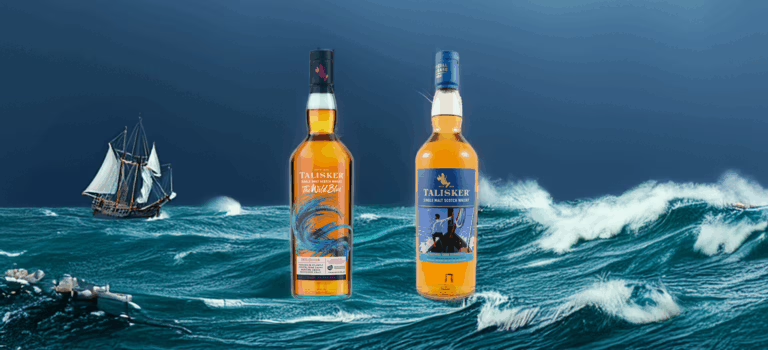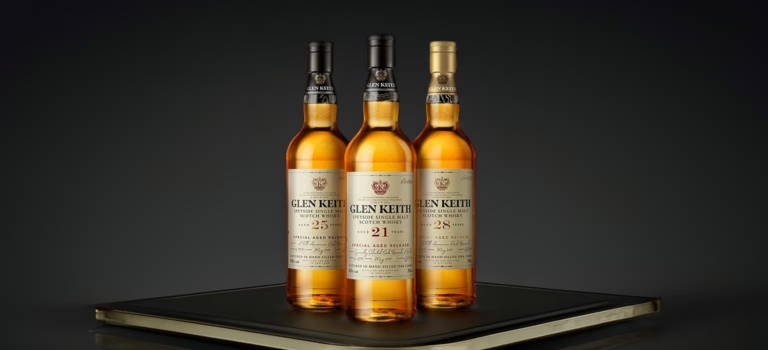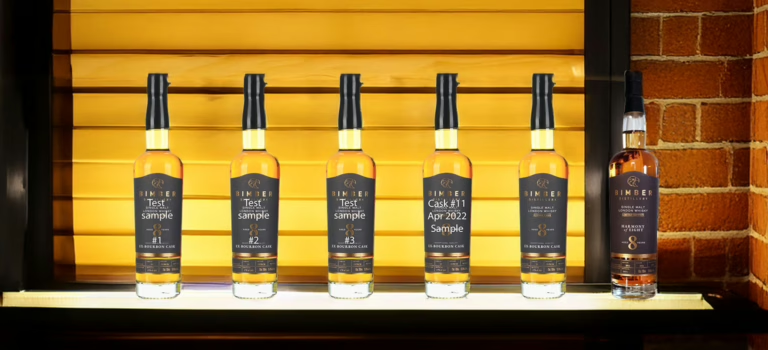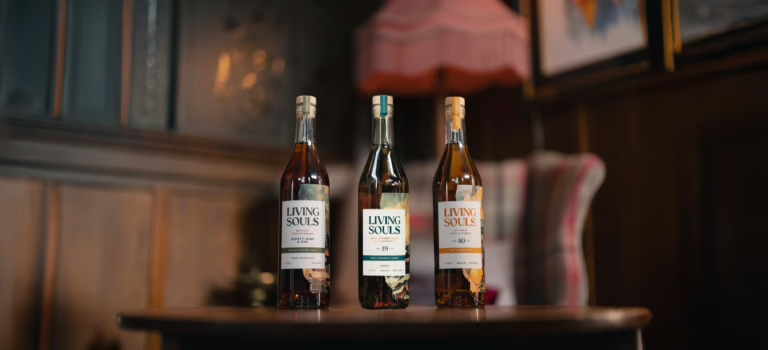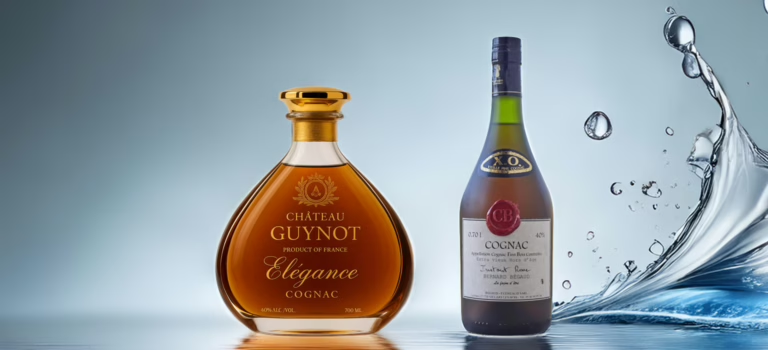I recently participated in another session of the Attic Islay tasting, which I had mentioned a couple of months ago. The June event showcased six Islay whiskies, adhering to their usual format of featuring one whisky per distillery. The tasting was lively and engaging, conducted across multiple platforms, including Zoom, Facebook, and YouTube. The team of David Brodie, Katie Cairns, and Colin Stroud led the session with their characteristic enthusiasm.
During the tasting, we sampled each whisky blind, made our guesses, and then had the trio reveal the details before moving on to the next one. The lineup included an unpeated Caol Ila, an unpeated sherried Bunnahabhain, a Bowmore 15 Sherry Oak, a Lagavulin 11 Offerman, the Ardbeg Eureka (which I have previously reviewed and thus won’t cover here), and an Octomore 15.1. This selection offered a diverse representation of Islay whiskies, some of which were not universally liked by the hosts but were included to provide a comprehensive view of Islay’s offer.
Here, I will review five of the six whiskies from the Attic Islay June tasting. I extend my thanks to the organisers for putting together this really enjoyable event for whisky and Islay enthusiasts.
Read more →
